Skip to content
Our Featured Content
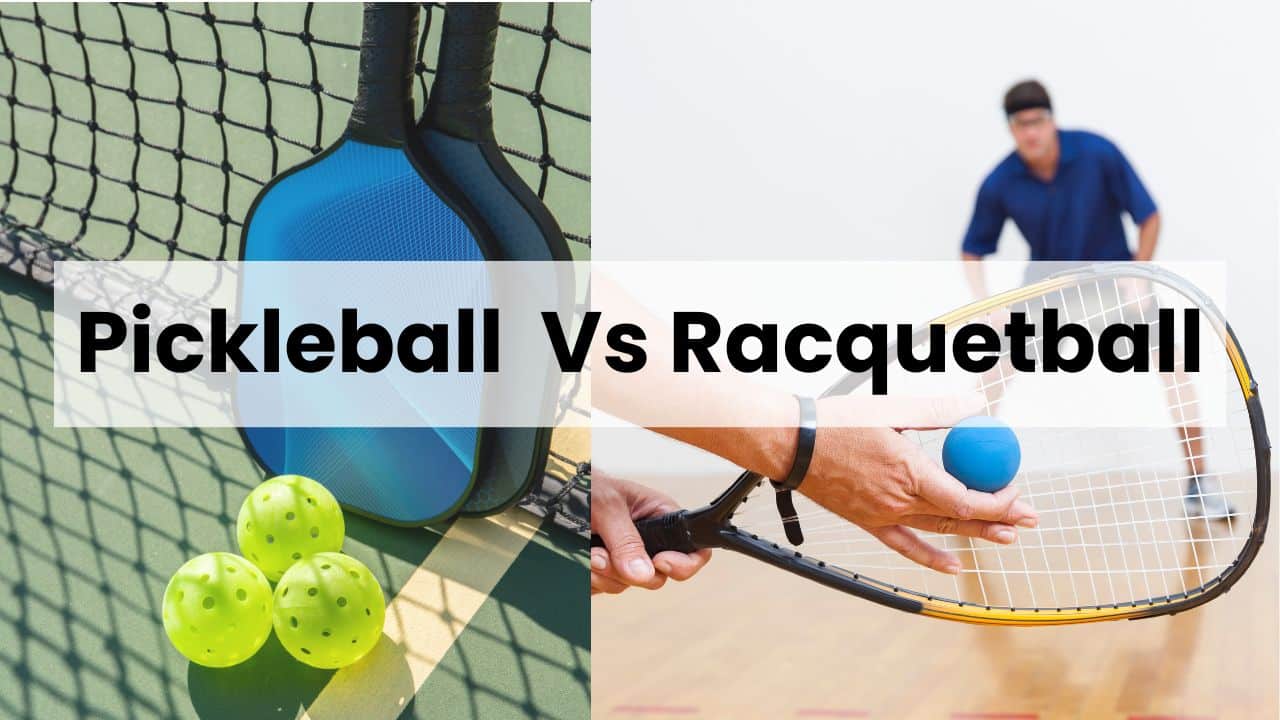
Steve Nicole
Steve Nicole
Steve Nicole
Steve Nicole
Steve Nicole
Steve Nicole

Steve Nicole

Steve Nicole
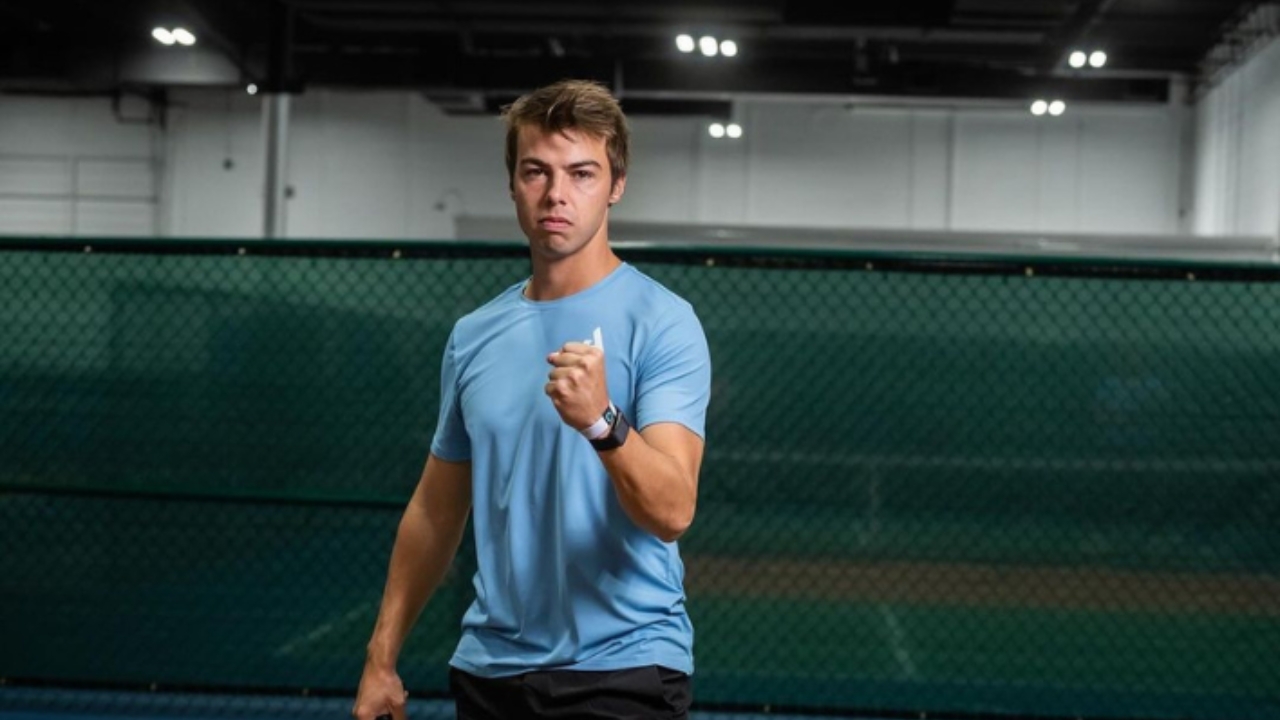
Steve Nicole
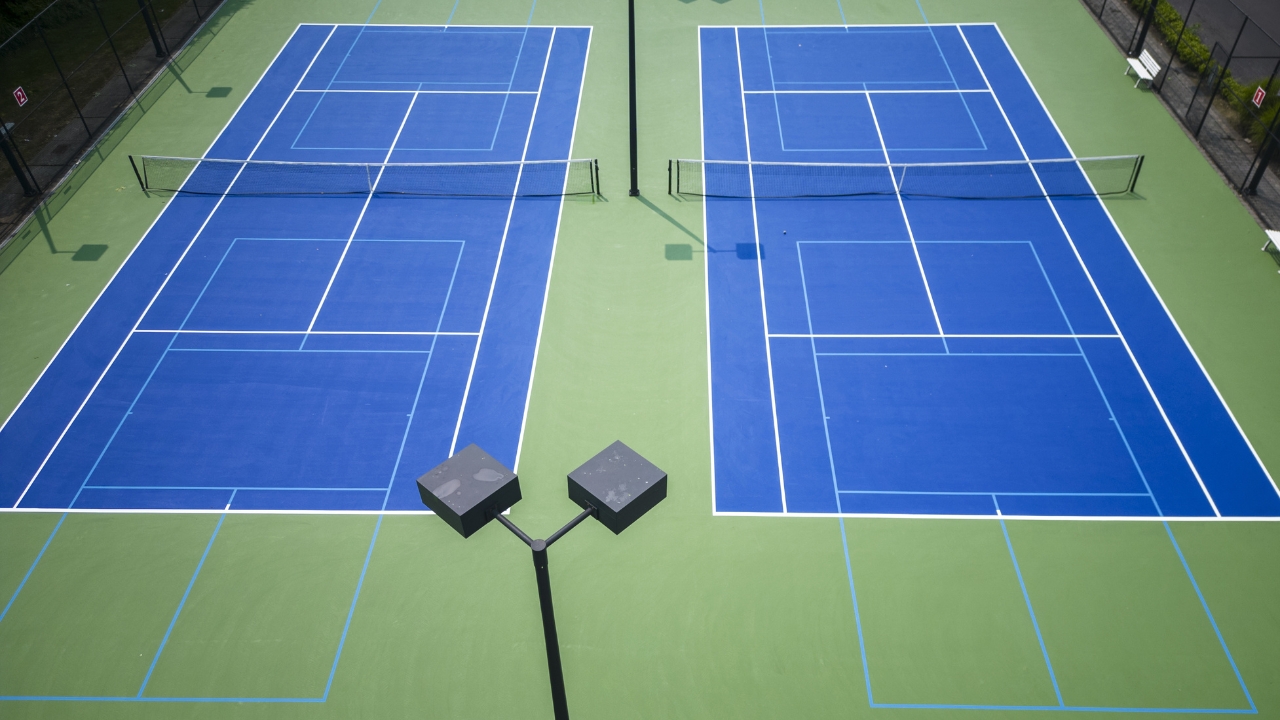
Steve Nicole

Steve Nicole

Steve Nicole
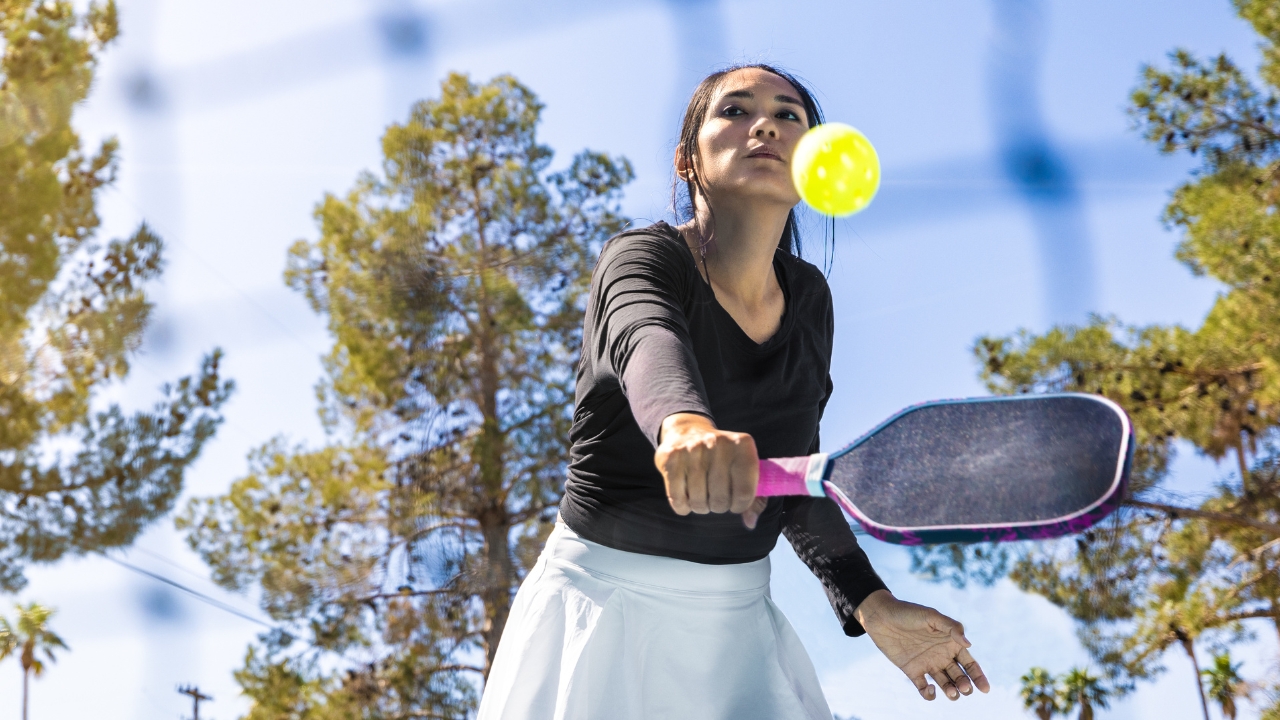
Steve Nicole

Steve Nicole
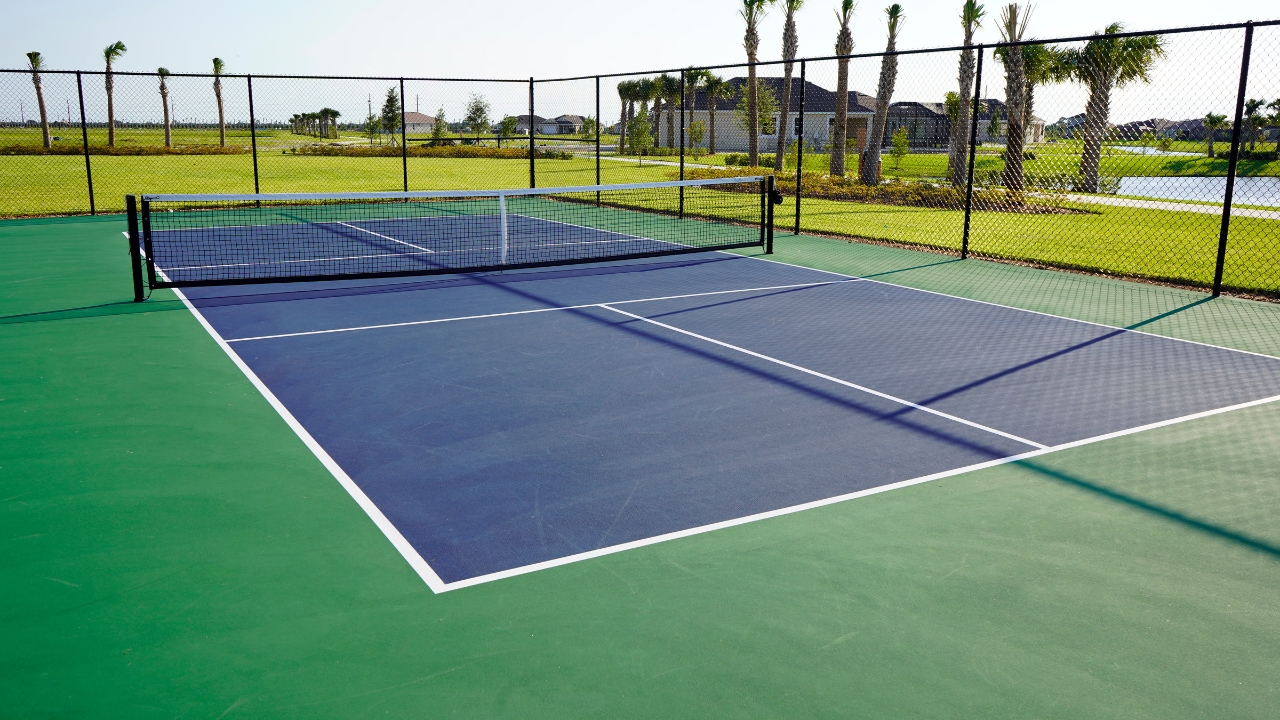
Steve Nicole

Steve Nicole

Steve Nicole

Steve Nicole

Steve Nicole

Steve Nicole
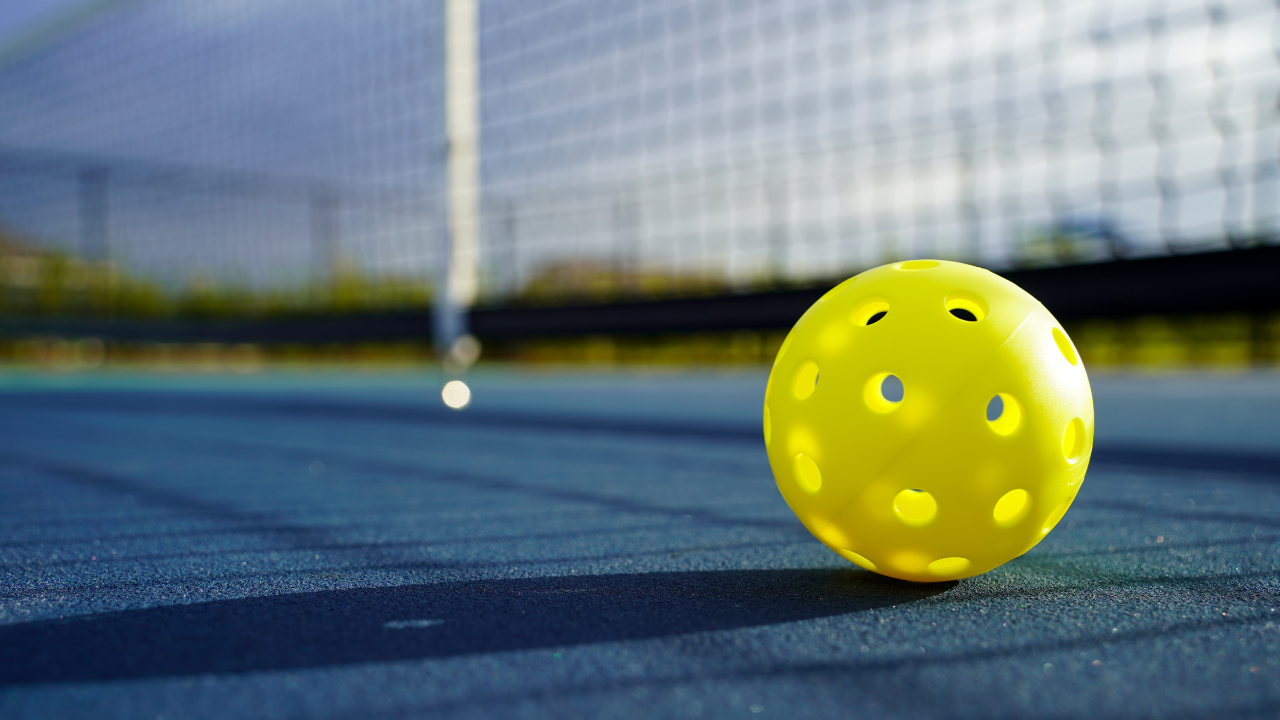
Steve Nicole

Steve Nicole

Steve Nicole
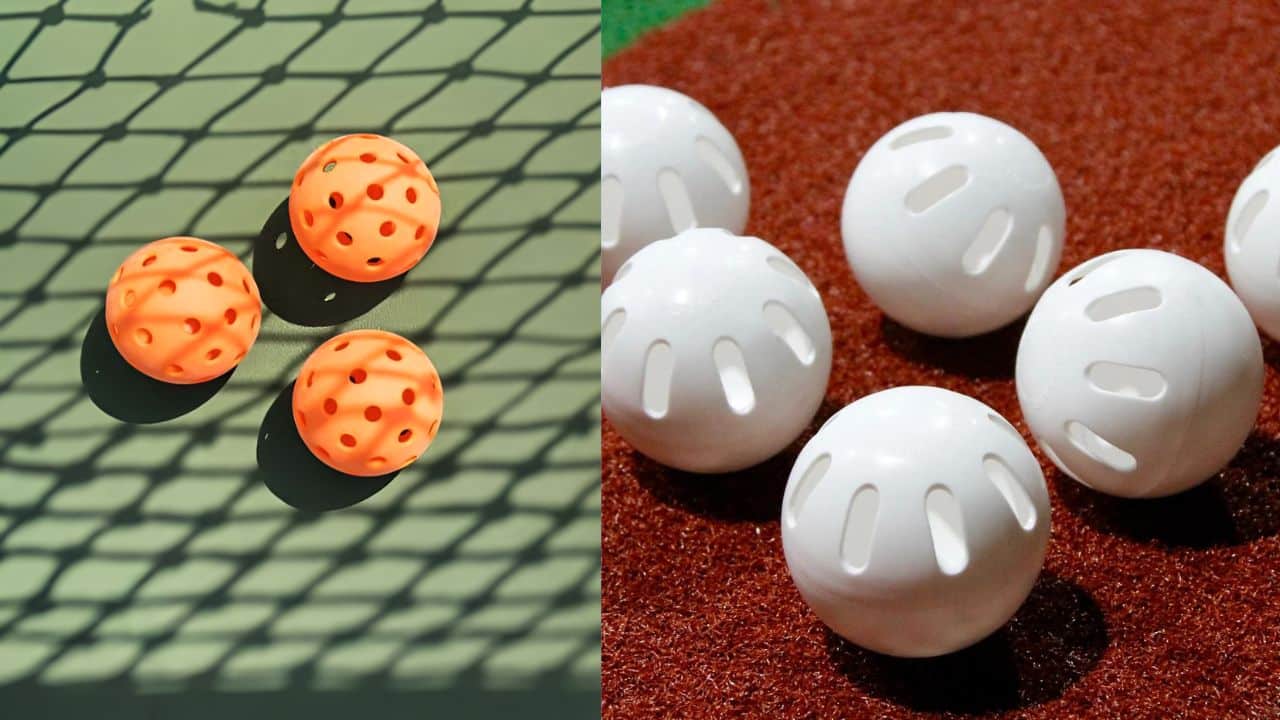
Steve Nicole
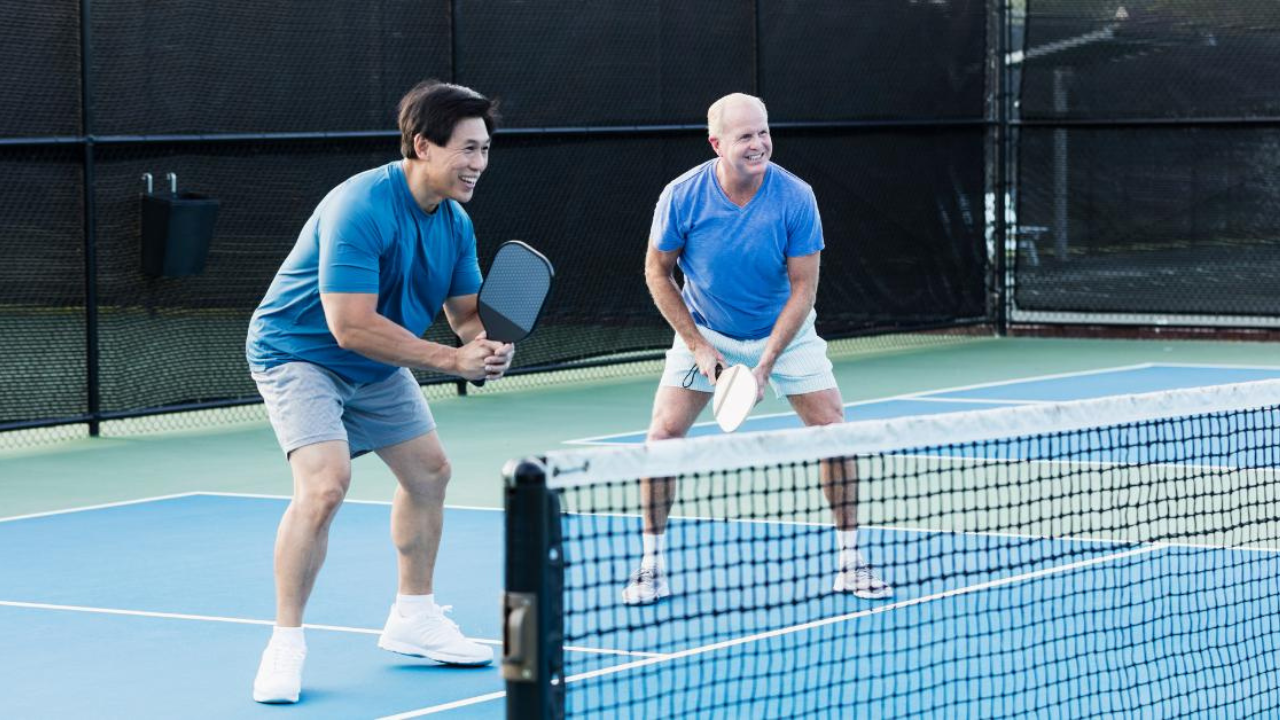
Steve Nicole
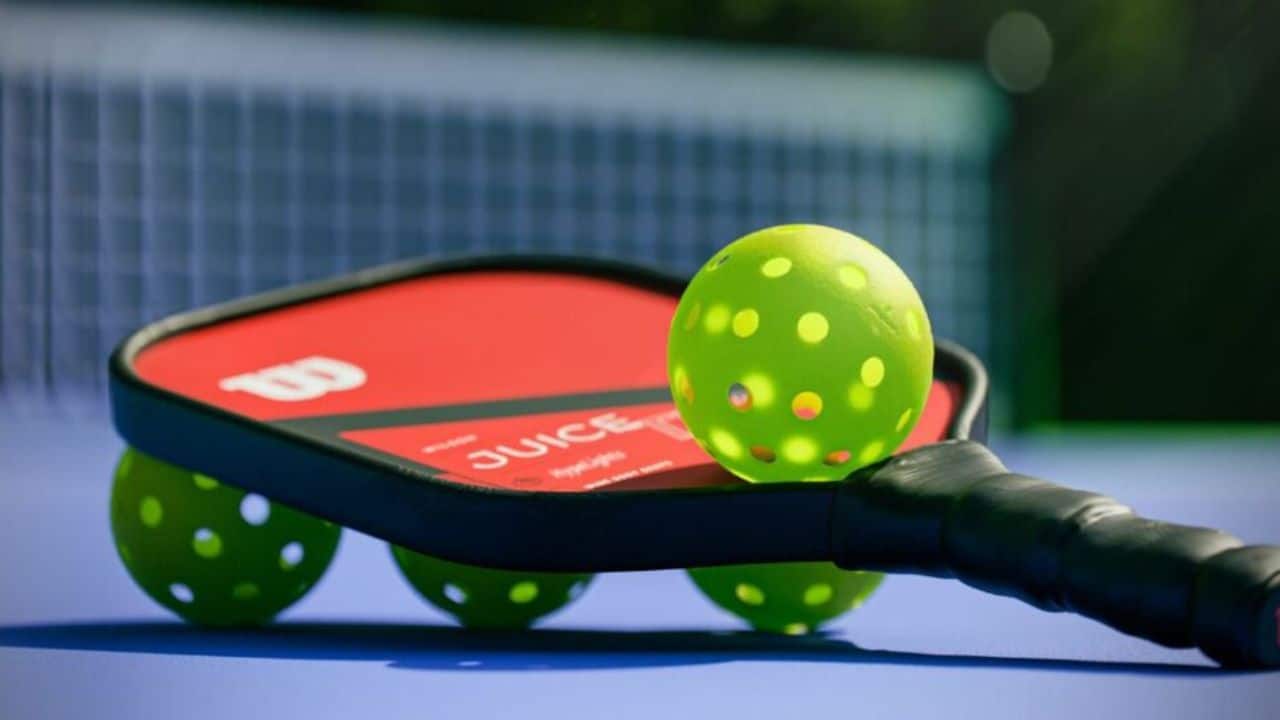
Steve Nicole